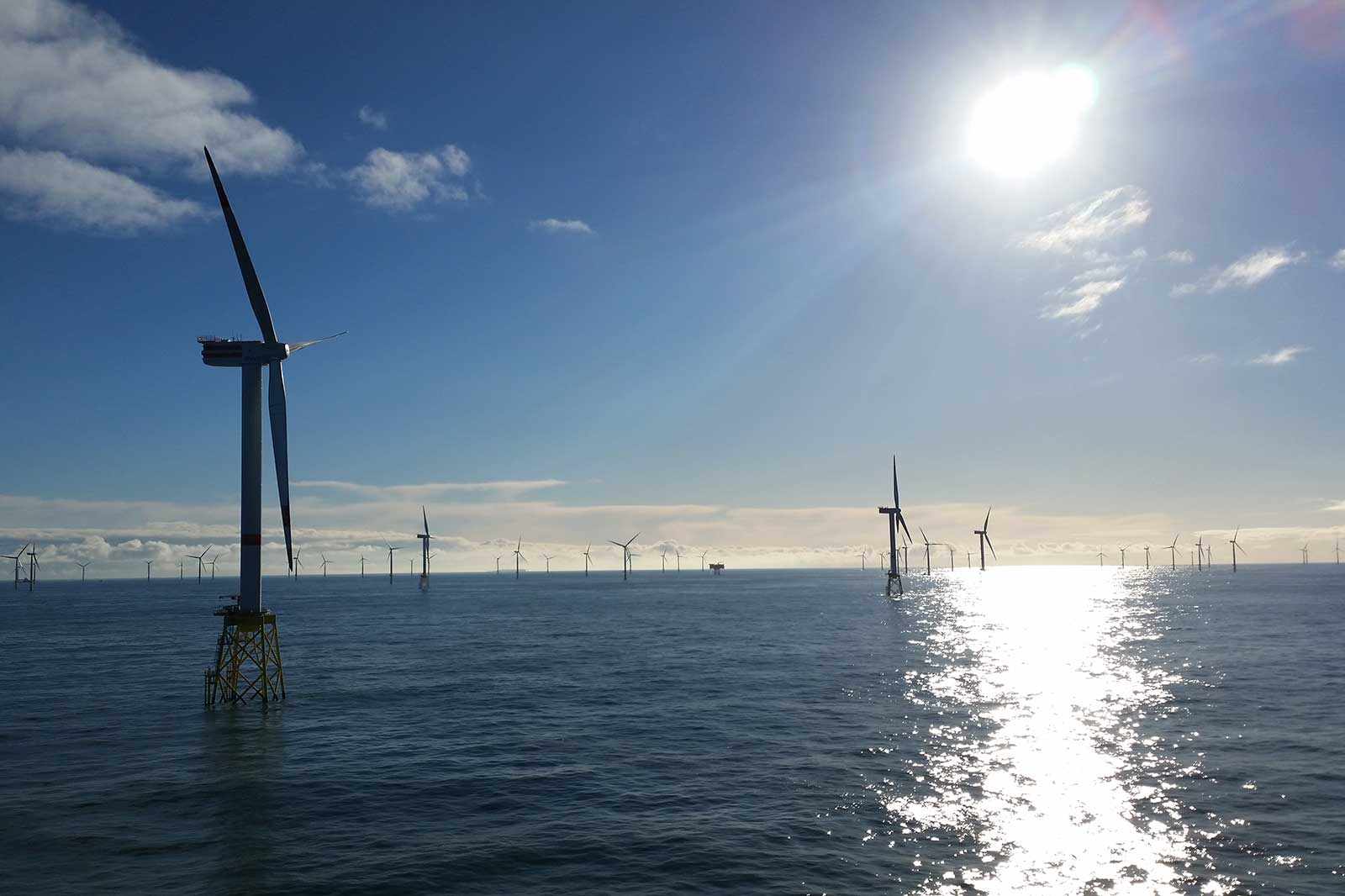Hydrogen project development
RWE is a leader in project development on new H₂ technologies.
NortH2 was launched in 2020 in order to investigate the feasibility of large-scale production of green hydrogen in the Northern Netherlands in concert with all other stakeholders. The ultimate aim of the project is to use self-generated offshore wind energy to produce green hydrogen, as well as storing and delivering hydrogen to industry and heavy mobility clients in the Netherlands and beyond. This scope makes NortH2 one of the most ambitious hydrogen projects in Europe, and almost three years of extensive research have revealed that the collaborative approach works well. The consortium of RWE, Shell, Equinor and Eneco has demonstrated that large-scale production of green hydrogen is feasible in the Northern Netherlands and will now start preparations for the project’s next phase.
The Netherlands - and Europe as a whole - faces the task of more than halving carbon emissions by 2030 on our way to being climate-neutral by 2050. The transition to clean energy occupies a key position in this pursuit, especially for the industry. At the same time, recent geopolitical developments have proved that our energy system is vulnerable and overly reliant on unstable countries, rendering this challenge even more important. Green hydrogen is a key pillar in the energy transition to a more sustainable energy system.
The province of Groningen is in an excellent position to become an energy hub, combining the production, transport and use of hydrogen. The province is home to players in industry and heavy mobility looking to become more sustainable and is building extensive hydrogen infrastructure to prepare for the vast amounts of new green power set to come ashore in the coming years.
Our country has excellent potential for producing green hydrogen. We have the technological know-how, we have the North Sea and its ample wind power, and our infrastructure is well-suited for transporting hydrogen.
NortH2 is a consortium consisting of RWE, Equinor, Eneco and Shell, while Gasunie and Groningen Seaports are important chain partners for the development of green hydrogen in the Northern Netherlands. With our broad experience and expertise in offshore wind, green hydrogen project development and energy sales, several business units of RWE are contributing to the project.
NortH2 aims to supply industry with sustainable, green hydrogen between 2030 and 2035 by building a large-scale hydrogen plant. The production of green hydrogen will initially take place via electrolysis in Eemshaven. In a later phase, hydrogen production may be further expanded with large-scale electrolysis at sea. In this way, NortH2 is contributing to the energy transition and the upscaling of sustainable energy in the Netherlands.
The feasibility phase has been successfully completed. In three years, a great deal of knowledge has been gathered about technological possibilities, market developments and planning. The study emphasises the importance of an integrated approach and shows that large-scale production in the north is entirely feasible.



We are happy to answer questions on hydrogen and our projects.